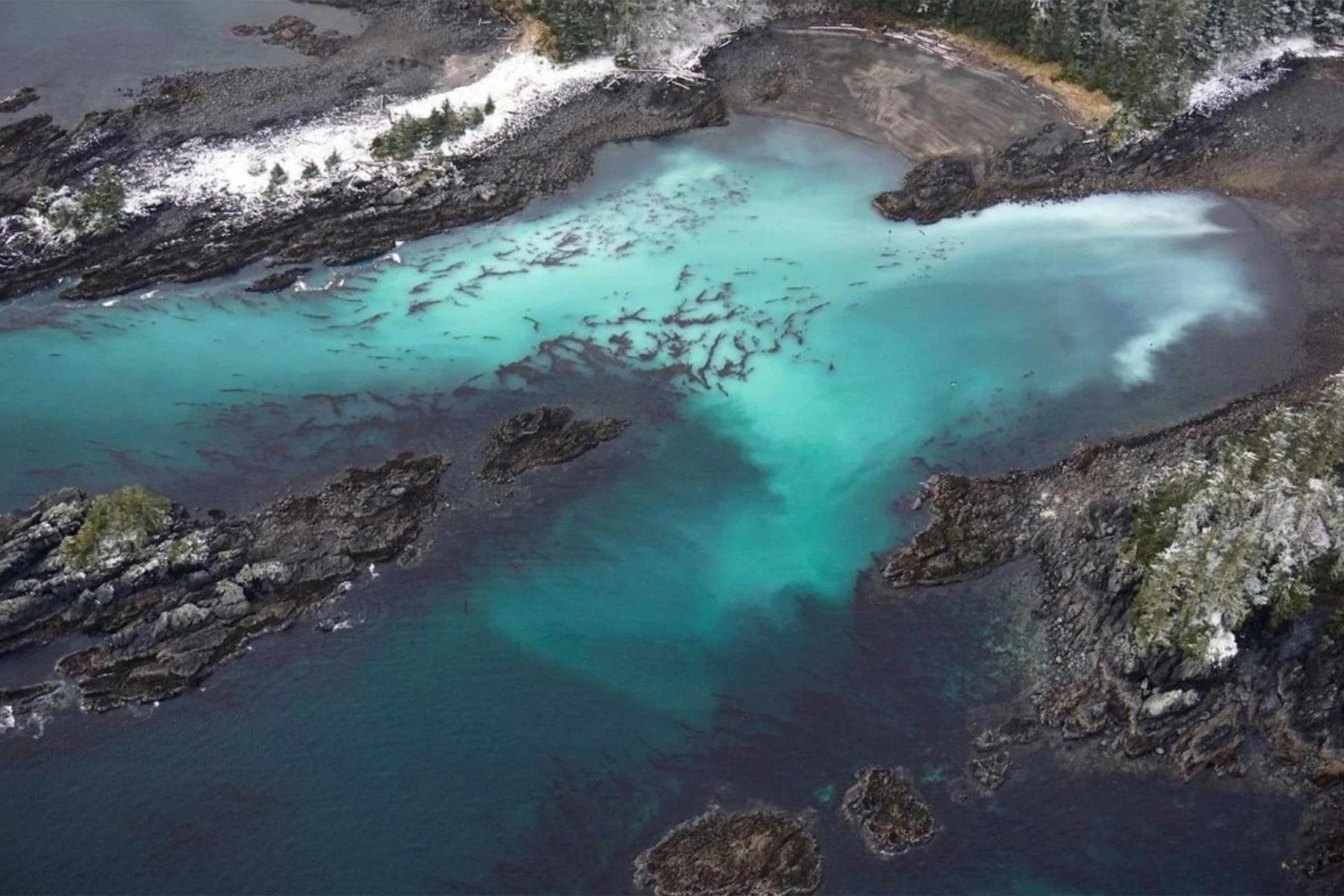The arrival of herring spawn marks the beginning of spring in Sitka.
Every spring in Sitka the water turns a pearly aquamarine-blue and becomes foamy with milt (fish sperm). Streamers of herring spawn envelope inlets around the island of Sheet’-ká X'áat'l (Sitka) like topographical lines circling the outer coast of the western edge of the world. To locals, this indicates that it's time to go out in the boat and tie a float to hemlock tree boughs using rope. After a day or two of sitting submerged in the ocean, these boughs become coated in globs of tiny white fish eggs—herring roe. This technique was developed by the Lingít people, for whom the arrival of the herring spawn marks the arrival of spring and the beginning of the year. The taste of herring roe is salty and the hemlock needles are bright and aromatic. Delicious.
A branch of herring eggs tastes like springtime to a Southeast Alaskan just as an ear of corn or a ripe tomato tastes like summer in the lower-48.
Although you won't find any herring in your shares, every single fillet of wild Alaska fish that you eat this year will likely have fed on herring at some point in its life. Herring are a critical link in the marine food web in Southeast Alaska, which means that they are crucial to the ecological stability of our fisheries and to our way of life as Alaskans.
Growing up in Sitka, my family harvested herring roe on hemlock boughs in the spring and continues to do so today. This spring I loaded up the back of my Mom’s truck with the roe that washed up on the beach to use as fertilizer. These eggs feed us (and our gardens) and the ones that are left in the ocean go on to feed future generations of salmon, halibut, rockfish, and cod.
For many Sitkans wild resources like herring aren't merely a cherished pastime. Wild foods range from supplemental to crucial in the diet of Alaskans living in isolated communities. For the Lingít people yaaw (herring) are profoundly tied to their culture and traditions.
For commercial fishermen, the continued health of wild fish stocks is essential for their livelihoods. Additionally, living on an island where there are no roads to the nearest town means that all grocery store items are barged or flown over 700 miles from the lower-48. This makes even basic household food items very expensive. Here in Alaska, we find that everyday items can cost double or triple what they would down south. Consequently, subsistence is not only culturally valuable, it’s a necessity.
Many Sitkans soften the financial impact of steeply-priced store-bought food by harvesting wild foods from the ocean and the Tongass National Forest such as Sitka black tail deer, wild plants, berries, shellfish, invertebrates, and fish. And according to the Alaska Department of Fish and Game, most households do so in abundance.
Data from the ADF&G shows that in Sitka, 91% of households participate in some form of subsistence gathering and 98% of households gather, share, or consume subsistence foods.
A significant portion of that food is the same as the wild seafood you will find in your monthly box this year: salmon, halibut, rockfish, lingcod, and black cod—all of which feed on herring.
So, when you sit down to eat the fish from your subscription box, I invite you to think of yourself as a participant in Alaska's dynamic marine ecosystem. You are now connected to this place and to the herring themselves—the fish that fed your fish.


